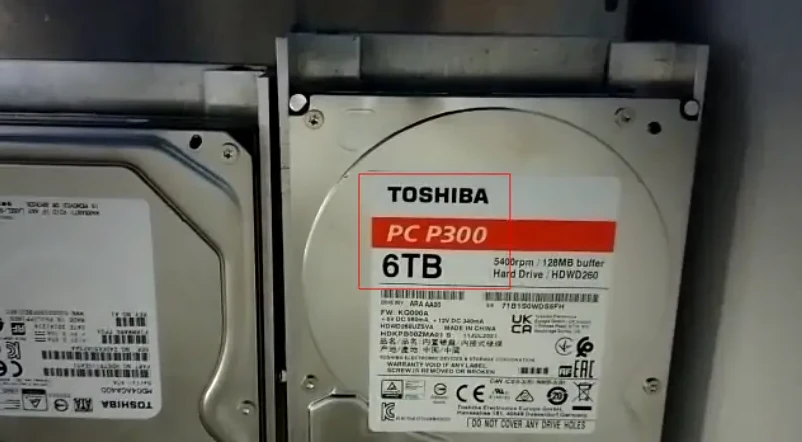Very slow performance made me wonder and so I got introduced to SMR technology.
A warning is in place: Manufacturers don’t advertise SMR and if you buy a SMR drive, you’ll only be able to write data at frustratingly low speeds. Most normal computer users do not want SMR drives for that reason but since manufacturers don’t advertise “This one is SMR”, you’ll be in for a surprise.
This short post will bring you “up to speed”.

What is SMR?
It stands for “Shingled magnetic recording”. The width of a track on a disk platter determines the total capacity – and costs. However the size of the write head is the limiting factor. SMR makes tracks less wide than the head which results in shingled, overlapping tracks. As a result, adjacent tracks in a data zone need to be refreshed too. Summerized: More data on a platter against the cost of considerable speed loss. Link to Wikipedia…
A lot has been written about it. Some links:
- Western digital, Seagate reportedly shipping slow SMR drives without informing customers
- Toshiba desktop disk drives undocumented Shingle Magnetic Recording
Things that slow down performance of a drive are in general bad. For backups I use EXT2 – without journaling. Inode tables are created during partitioning EXT2. This is contrary to the “lazy” process, as default on EXT4, creating inode tables while you want to write to disk, ruining performance.
I noticed that partitioning of a Toshiba PC P300 6TB drive was simply impossible, taking many days (!) to create inode tables. While within guarantee period I decided to destroy it to protect client data. So I bought a new Toshiba PC P300. This time the building of the tables took many hours. At that time I was not aware of SMR technology. To summarize SMR == PITA, never buy these block devices.
Totally unacceptable performance is what SMR stands for, unless you want the cheapest disk on the market. Speaking for myself, I would never have bought it if I knew it was that bad.
This video demonstrates numbers during a rsync session from a WD Gold enterprise disk to a PC P300 disk. It took many days to fill that disk.